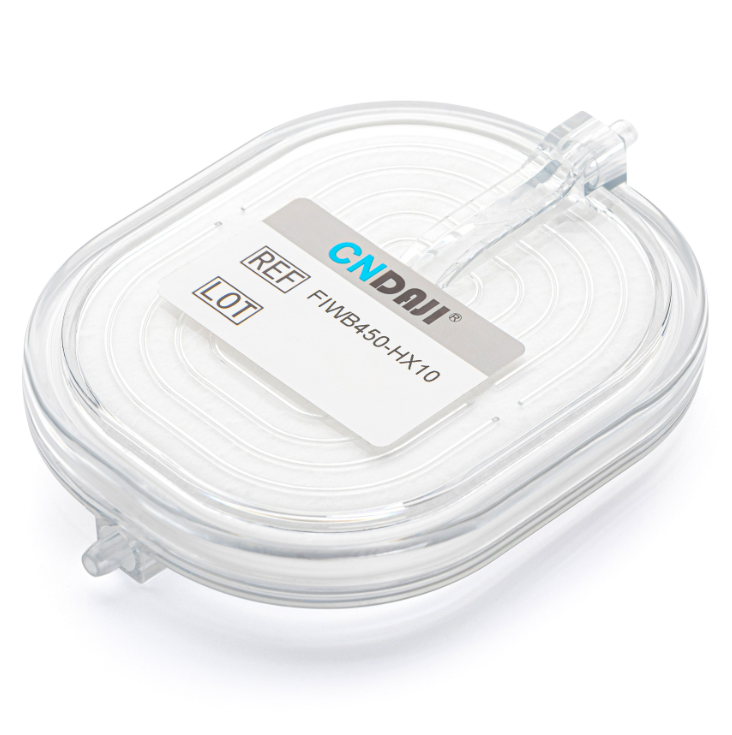Leukocyte reduction filters have emerged as a critical advancement in transfusion medicine, enhancing patient safety and improving clinical outcomes. By effectively removing white blood cells (leukocytes) from donated blood products, these filters address several risks associated with blood transfusions, including febrile reactions, alloimmunization, and transmission of infections. This article explores the essential role of leukocyte reduction filters in transfusion practices, the science behind their function, and their impact on patient safety and long-term health outcomes.

Leukocyte reduction filters are specialized devices used during blood transfusions to remove leukocytes, or white blood cells, from blood components. These filters consist of a micro-porous material designed to selectively capture leukocytes while allowing the remaining blood components, such as red blood cells, platelets, and plasma, to pass through. The presence of leukocytes in blood transfusions can lead to various adverse reactions, making their removal a crucial step in improving patient safety.
Leukocytes are an integral part of the immune system, but they can cause complications when transfused into patients. These cells are responsible for generating immune responses, which can trigger febrile non-hemolytic transfusion reactions (FNHTRs), allergic reactions, and even graft-versus-host disease (GVHD) in certain high-risk patients. Moreover, leukocytes can contribute to the formation of antibodies against transfused blood, leading to alloimmunization, which complicates future transfusions and organ transplants.
Leukocyte filters play a pivotal role in mitigating these risks by removing up to 99.9% of the leukocytes in blood products. This results in safer transfusions with fewer adverse effects.
One of the most common reactions to blood transfusions is a febrile non-hemolytic transfusion reaction (FNHTR), which is characterized by fever, chills, and discomfort. This reaction is typically caused by the presence of leukocytes in the blood product. By removing leukocytes, leukocyte reduction filters significantly reduce the occurrence of FNHTRs, leading to a more comfortable transfusion experience for patients. Studies have shown that the use of leukocyte reduction filters can reduce the incidence of FNHTRs by as much as 80%, providing patients with safer and more efficient transfusions.
Alloimmunization occurs when the immune system produces antibodies against foreign antigens present on the surface of transfused blood cells. This can complicate future transfusions, leading to the need for more carefully matched blood products or even organ transplantation. Leukocyte reduction filters minimize the risk of alloimmunization by removing the white blood cells responsible for triggering immune responses. This significantly improves the chances of success in subsequent transfusions and reduces the likelihood of developing complications such as hemolytic transfusion reactions.
Graft-versus-host disease (GVHD) is a rare but severe condition that occurs when transfused donor lymphocytes (a type of white blood cell) attack the recipient's tissues. GVHD is particularly dangerous for immunocompromised patients, such as those undergoing bone marrow transplants or those with certain cancers. Leukocyte reduction filters can reduce the incidence of GVHD by removing most of the donor lymphocytes from blood products. This is particularly crucial in preventing GVHD in high-risk populations, such as neonates, patients with hematologic malignancies, and organ transplant recipients.
The presence of leukocytes in blood products can also increase the risk of infection transmission, particularly when blood is stored for extended periods. Leukocytes serve as potential reservoirs for various pathogens, including bacteria and viruses. Leukocyte reduction filters can effectively reduce the likelihood of pathogen transmission by removing these cells. Although the filters are not designed to completely eliminate all microorganisms, they do reduce the risk of infection by removing a significant number of white blood cells that could carry pathogens.
Immunocompromised patients, such as those undergoing chemotherapy or organ transplants, are especially vulnerable to infections. For these individuals, even the smallest exposure to pathogens can lead to severe complications. Leukocyte reduction filters are particularly beneficial for these patients, as they help minimize the risk of infection while ensuring that the transfused blood components retain their therapeutic efficacy. By reducing the incidence of transfusion-related infections, these filters contribute to better patient outcomes, quicker recovery times, and reduced hospital stays.
Leukocyte reduction filters not only improve patient safety but also have an impact on the quality and longevity of blood products. By removing leukocytes, these filters reduce the metabolic activity within the stored blood, thereby improving the overall shelf life of the transfused blood products. This can be particularly beneficial in settings where blood supply shortages are common, as it helps maximize the use of donated blood.
While leukocyte reduction filters add an initial cost to the blood transfusion process, they can contribute to long-term cost savings by reducing the frequency of transfusion-related complications, such as FNHTRs and GVHD. By minimizing the need for additional treatments and hospitalizations, these filters help optimize resource allocation in healthcare systems, ultimately leading to better cost-efficiency and improved patient outcomes.
The routine use of leukocyte reduction filters has become a standard practice in many healthcare settings, particularly in developed countries. This approach ensures consistency in blood transfusion practices and provides patients with a uniform level of safety across different hospitals and transfusion centers. Standardizing the use of these filters can contribute to overall improvements in transfusion medicine and patient care, ensuring that every patient receives the highest standard of treatment possible.
Leukocyte reduction filters are a vital component in modern transfusion medicine, improving patient safety and enhancing clinical outcomes. By effectively removing leukocytes from blood products, these filters reduce the risk of adverse reactions, including febrile non-hemolytic transfusion reactions, alloimmunization, and graft-versus-host disease. Additionally, they play a crucial role in minimizing the risk of infection transmission and improving the shelf life of blood products. Their routine use is contributing to safer, more efficient transfusion practices that benefit patients across a range of clinical settings.
For more details please visit www.dajimed.com
Previous: Natural Solutions for Male Vitality: A Complete Guide to Traditional Herbs
Next: CGM Patches
Copyright:@2020-2021
Comments Please sign in or sign up to post.
0
0 of 500 characters used